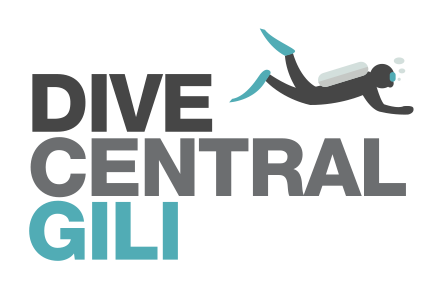Becoming a Divemaster on Gili T - The theory
Recently I explained what the Divemaster Course is, why and how I chose to take my first step into professional level of scubadiving and where I ended up doing my course. For the ones thinking of doing their DMT in the future or for those who like a little peek into this diving industry, I will now go further into the contents of the course and hope it will be both helpful and an enjoyable read!
I always liked being a student and learning new things. The process of learning and wrapping your head around things that looked way to complicated in the first place is sometimes long and painful but in the end always rewarding. Combine learning with topics you are really into (diving!) and most of the time you’ll find it easy and fun!
On day one of my course I was handed my Crewpack. This is a bag stuffed with PADI material. Among other things you’ll find books: the Divemaster Manual, Instructor Manual and a huge book called the Encyclopydia of Recreational Diving. The book you will be using the most and read from front to back is of course the Divemaster Manual. It consists of nine chapters, covering topics like The Role and Characteristics of the PADI Divemaster, Awareness of the Dive Environment and The Business of Diving and your Career. Each chapter had a quiz at the end, which I had to review with an instructor so that we could talk through any concepts that I missed.
To give myself a head start and to get into the Divemaster mindset I smashed out the first 5 chapters in 2 days including the first exam. I found that this section of the theory is fairly easy and consists largely of logical thinking rather than hardcore knowledge. The challenging chapter is the very last one, the dreaded Chapter 9. This chapter covers different law’s and principles that effect us in scubadiving like buoyancy, pressure and saturation. Luckily this is (hopefully) not the first time you learn about these models, in your Open Water Course you cover these already. However by stepping up the PADI ladder you also get a more serious and thorough explanation of for instance decompression models like the Haldanean model.
Basically Kazi, one of the instructors and my mentor at DCG, had to walk me through this concept page by page and even used her own powerpoint presentation to give me a thorough understanding of it.
Where I did my DMT I was the only candidate at that time and the theory was mostly self guided, with extra help generously provided when I reached out for it — this was the right fit for me. Larger schools with more DMTs at the same time might have lectures and scheduled exams and more structure.
Finally after also successfully completing the second exam most of the books could be put away for now and I was ready to get in the water more often and get some things signed of off the list!
Next up: I’ll go into skills portion of the course and spill about the day my instructor Steve flood his mask crying of laughter over my knot-tying skills Stay tuned!


